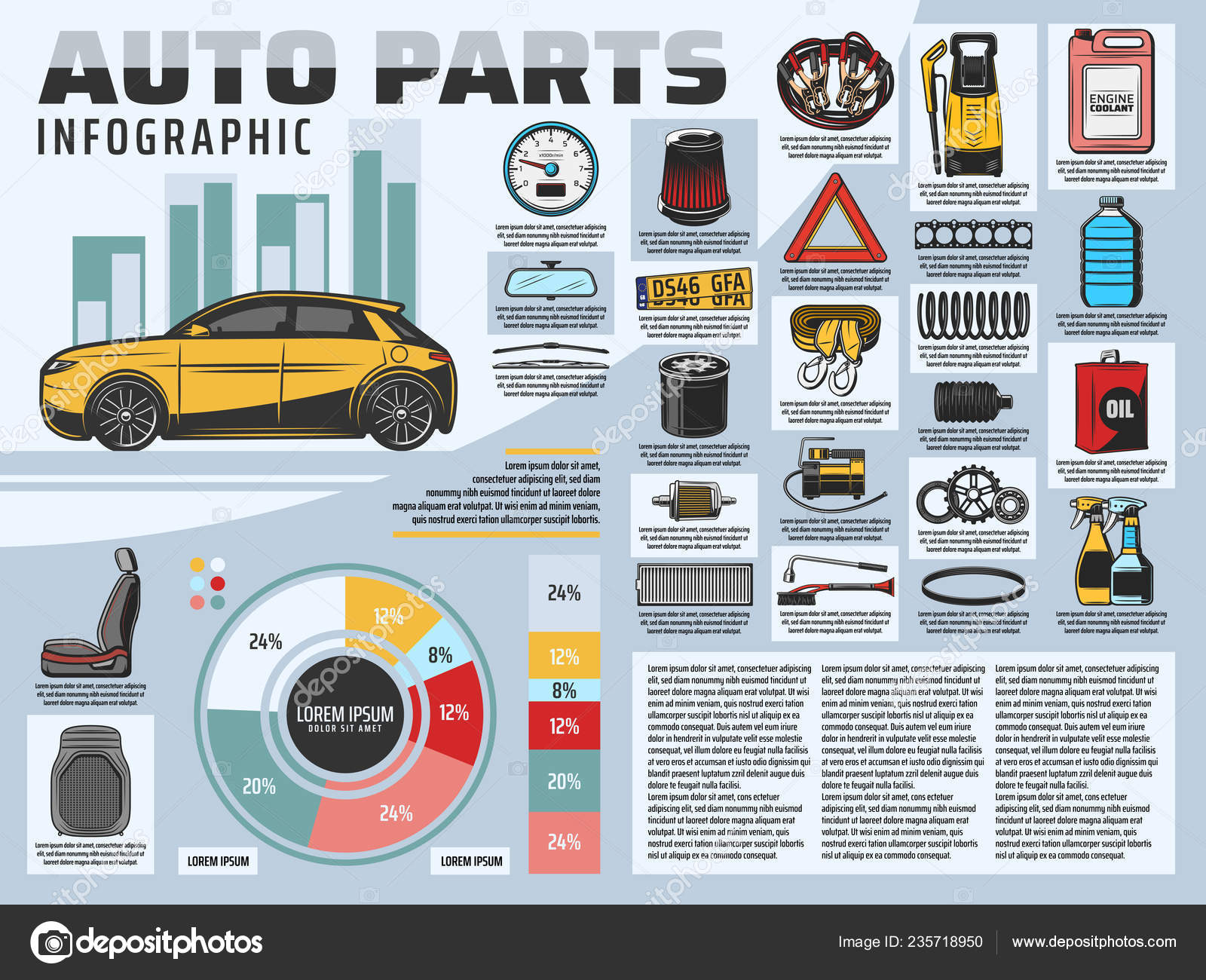Comprehending Your Auto'S Caution Lights: What Do They Actually Mean?
Comprehending Your Auto'S Caution Lights: What Do They Actually Mean?
Blog Article
Content Written By-Higgins Dalgaard
When you lag the wheel, those beautiful warning lights on your control panel can be a bit puzzling. Do you recognize what they're attempting to inform you regarding your car's wellness? Understanding the relevance of these lights is essential for your safety and security and the long life of your vehicle. So, the next time among those lights pops up, would not you intend to understand its message properly and take the necessary steps to address it?
Common Caution Lighting and Interpretations
Recognize typical warning lights in your cars and truck and comprehend their significances to guarantee risk-free driving.
One of the most typical caution lights consist of the check engine light, which signifies issues with the engine or exhausts system. If this light comes on, it's vital to have your lorry examined promptly.
The oil pressure advising light suggests low oil pressure, requiring prompt interest to avoid engine damage.
A flashing battery light may recommend a faulty billing system, potentially leaving you stranded otherwise addressed.
The tire stress surveillance system (TPMS) light notifies you to reduced tire pressure, influencing vehicle security and fuel efficiency. Disregarding this could bring about unsafe driving problems.
The abdominal light shows a trouble with the anti-lock stopping system, jeopardizing your ability to quit swiftly in emergencies.
Lastly, the coolant temperature warning light warns of engine overheating, which can lead to severe damage otherwise solved quickly.
Recognizing opti-coat will certainly help you address problems quickly and keep secure driving problems.
Relevance of Prompt Attention
Understanding the common caution lights in your auto is only the primary step; the relevance of immediately attending to these warnings can't be highlighted sufficient to guarantee your security when traveling.
When a warning light brightens on your control panel, it's your automobile's way of communicating a prospective problem that requires attention. Overlooking these warnings can bring about extra serious troubles in the future, endangering your security and possibly costing you much more in repairs.
Prompt interest to advising lights can protect against break downs and accidents. For instance, a blinking check engine light can show a misfire that, if left neglected, might create damage to the catalytic converter. Resolving this immediately can conserve you from a costly repair.
Similarly, a brake system advising light could signify reduced brake liquid or worn brake pads, important parts for your safety when driving.
Do It Yourself Troubleshooting Tips
If you observe a caution light on your dashboard, there are a couple of DIY troubleshooting pointers you can try before seeking specialist aid.
The initial step is to consult your cars and truck's handbook to understand what the details caution light shows. Occasionally the concern can be as simple as a loose gas cap activating the check engine light. Tightening up auto and marine detailing nz | car wash auckland may fix the issue.
An additional common concern is a reduced battery, which can set off different warning lights. Inspecting the battery links for rust and ensuring they're safe and secure might deal with the trouble.
If a warning light persists, you can attempt resetting it by disconnecting the cars and truck's battery for a couple of minutes and then reconnecting it. Furthermore, examining your automobile's fluid levels, such as oil, coolant, and brake fluid, can assist fix warning lights related to these systems.
Conclusion
In conclusion, recognizing your cars and truck's warning lights is crucial for keeping your lorry running efficiently and safely. By immediately addressing these notifies and knowing what they suggest, you can stay clear of costly repair services and potential malfunctions.
Keep in mind to consult your car's handbook for certain details on each advising light and do something about it accordingly to ensure a trouble-free driving experience.
Stay educated, stay secure when traveling!
